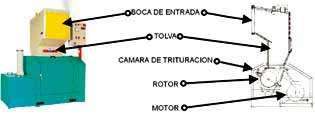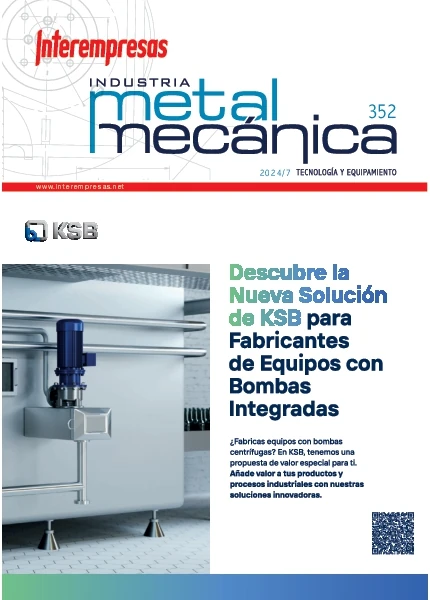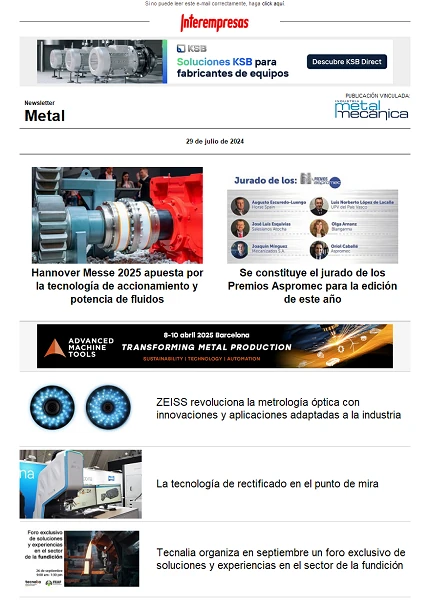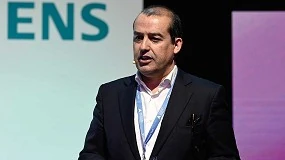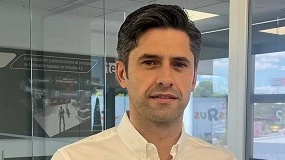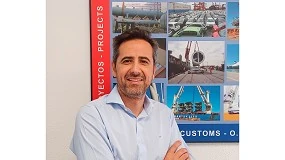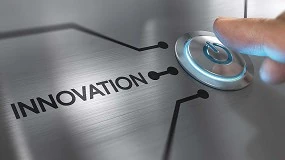General report on grinding in the industry of plastic injection
- Dimensions of the colada, excess or piece to triturar.
- Type of material of the cual is composed.
- Capacity of necessary production of the team (Kilos of material by hour)
- necessary Size of the material triturado.
- Destination of the material triturado.
- The dimensions of the colada, excess or piece to triturar, will mark us the necessary dimensions of the camera of trituración of the team; that generally it coincides with the dimensions of the mouth of entrance of the material in the team of trituración.
- The type of thermoplastic material to triturar will define us if the team has to incorporate a special treatment antidesgaste (camera of trituración); in the cases to treat of loaded materials (for example PA + FV) that they are highly abrasive.
- To the hour to define the team, will have to consider the time production that expect of east; to calculate the size and power of the same.
- The size wished of the material triturado, will come marked by the final destination of the same. The equipment can deliver a size or another; but this will affect to his time capacity.
- The material triturado, can employ directly in machine, store, be transported to distance, etc. this will mark the accessories that complement to the triturador.
Reduction of volume
Recycling of materials
Mills at high rpm
The mill at high speed has a mouth of entry; It usually has the same dimensions as the Chamber of grinding of the team; and that it will limit the maximum size of the piece to introduce. This mouth is situated in a hopper of fall of the House of crushing; length responds to security measures that prevent the access of the extremity of the operator to the Chamber of grinding; and avoid to the maximum projection of pieces of plastic to the outside, during grinding.
In the House of crushing we find a central rotor, which can be open or closed; and to incorporate 3 or more blades that revolve solidarity to the rotor; and in the extreme one or more blades fixed; graded so that the passage of the rotating blades, there is an effect of scissors, cutting the material. The rotor is moved by an electric motor, whose power is crucial to the type of piece to grind, shape, material and required hourly production. In these teams, the rotor rotates between 250 and 350 RPM
There is a grid or sieve, with curved shape under the rotor, and surrounding the passage of the rotating blades; and that it will mark the size of the crushed material. Increased size of the holes of the grid, increased size of the crushed and greater time production of the equipment.
Under the grid, there is usually a collection of the crushed box; that you can incorporate a mouth to install a pneumatic system of extraction of the material.
These teams may be small and compact, to work to foot machine, between 2 and 15 Hp of power; or much larger, to work in house party; due to the large generated noise and space required (50 to 100 Hp of power)
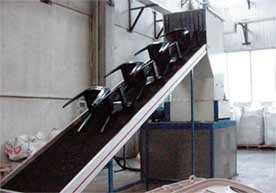
Crushers at low rpm
There are no blades rotating or fixed; neither nor grid. The rotor has a variable number of blades rough, which precortan into pieces the flows and introduced pieces and a series toothed rollers; that by way of Strawberry are literally biting the material; generating a shredded uniform, free from dust.
This technology uses a lot less power, as it uses a set of electric and reducing engine; that provides a high-torque low-speed. This minimizes energy consumption not only; but also noise and maintenance needs. To be targeted at technical materials usually come covered with anti-corrosion materials; being able to work with abrasive materials without problem. Therefore they tend to assume a greater cost to acquire them; but they will bring benefits in terms of energy consumption, ease of cleaning and minimum maintenance required. The crushers at low revolutions there are from really small models for microinjection; models for machine foot, silent and small size; with large capacity of crushing; and systems of large size for bulky parts, which by its quietness can always work in injection plant. However, no more teams, can produce large amount of Kg/hour.
Heartbreaking
Combined systems
This allows to grind pieces of large volume in a relatively compact team, with a not very high power; getting a high hourly production. They are teams that are often placed in room separate because of its size; though to not be loud, they could work no problem on ground.
Accessories
The stravel allow to feed of form dosificada the team; allowing to an operario attend to several equipment at the same time or realise other functions. The extractor systems equipment equipment of the triturado; they move the material of pneumatics form until a determinate point to fill a tank, silo, sack, etc. Another option are vacuums tyres, situated on machine; that by means of a valve proporcionadora; disifican the exact percentage of material triturado with the virgin.
